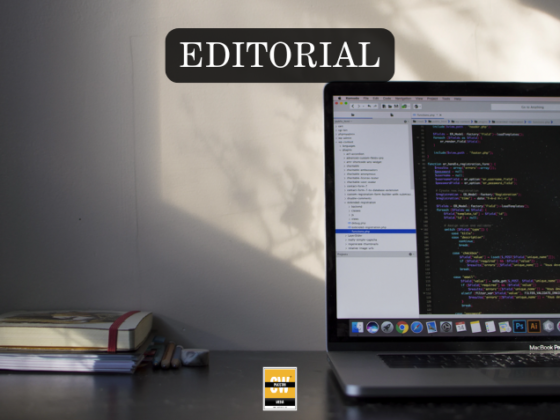Hasselblad has introduced the X2D II 100C, the successor to its first 100-megapixel medium-format mirrorless camera, with a host of improvements that aim to refine both usability and image quality. While Hasselblad products are known for their premium pricing, the new model arrives at $7,399 — $800 less than the original X2D 100C at launch and strategically positioned $100 under Fujifilm’s competing GFX100 II. This latest release balances professional-grade performance with a slightly more accessible price point, signaling Hasselblad’s intent to broaden its appeal without compromising on quality.
One of the most notable upgrades is the addition of advanced autofocus capabilities. The X2D II 100C is Hasselblad’s first camera to support AF-C phase-detect autofocus, enhanced by AI algorithms and LiDAR assistance. This allows for reliable continuous autofocus and burst shooting at up to 3 frames per second — a significant leap over the previous model, which lacked even basic tracking. Hasselblad claims this system is “fast and accurate” across lighting conditions, addressing a critical gap for professionals who require precision when capturing moving subjects. Coupled with the camera’s ability to produce 16-bit RAW images and up to 15.3 stops of dynamic range, photographers can now expect both technical excellence and creative flexibility.
Image quality is further elevated by Hasselblad’s introduction of end-to-end HDR support, a first for medium-format cameras. This technology reduces overexposure, preserves highlights, and enhances tonal depth, producing more lifelike images. These results can be directly previewed on the camera’s new 3.6-inch tilting touch display, which offers up to 1,400 nits of peak brightness for easier shooting in varied environments. Complementing this is a redesigned grip with a textured finish for improved ergonomics, along with a 5D joystick for menu navigation and focus control — an upgrade directly addressing user feedback from the X2D 100C.
Equally important is the updated 5-axis in-body stabilization system, which now provides up to 10 stops of compensation, surpassing rivals like Fujifilm’s GFX100 II at 8 stops and Canon models offering 8.5. Hasselblad highlights that this stabilization makes it possible to capture multi-second handheld exposures without the need for a tripod, an advantage for high-resolution shooting where sharpness is critical. Despite these advanced features, the camera’s body weight has been reduced by 7.5 percent compared to its predecessor, coming in at approximately 730 grams without a lens — making it lighter than most medium-format counterparts while still retaining durability and performance.
Hasselblad has also expanded its ecosystem with supporting products. Alongside the camera, the company unveiled the XCD 2.8-4 35-100E zoom lens, equivalent to 28–76mm in full-frame terms. This lens introduces the fastest stepping motor in Hasselblad’s lineup, along with tactile control rings for shutter speed and aperture. It continues the brand’s tradition of incorporating a leaf shutter, supporting flash sync speeds up to 1/4000th for flexibility in bright light conditions. Priced at $4,599, the lens is aimed at professionals seeking both versatility and high optical performance. Hasselblad additionally introduced accessories including the $469 Vandra 20-liter backpack designed to carry the X2D II body with two lenses, and three premium 86mm filters — UV ($299), ND ($329), and CPL ($559). These additions underscore Hasselblad’s strategy of offering a complete professional photography system, pairing cutting-edge camera technology with practical, high-quality tools.
Follow the SPIN IDG WhatsApp Channel for updates across the Smart Pakistan Insights Network covering all of Pakistan’s technology ecosystem.




